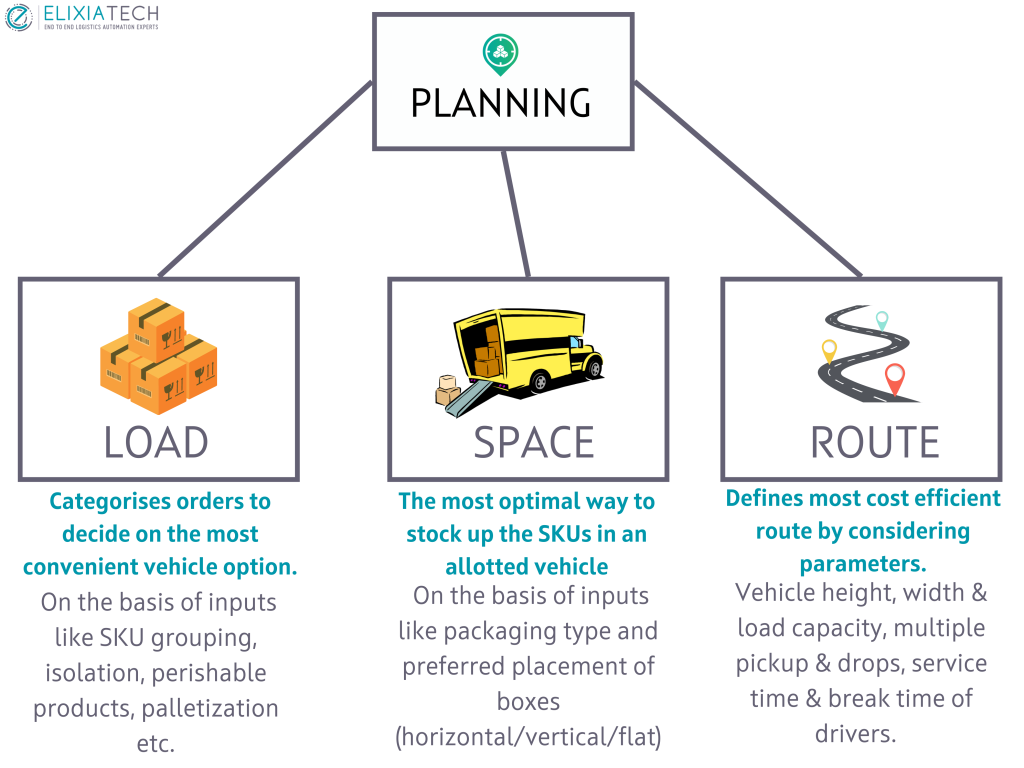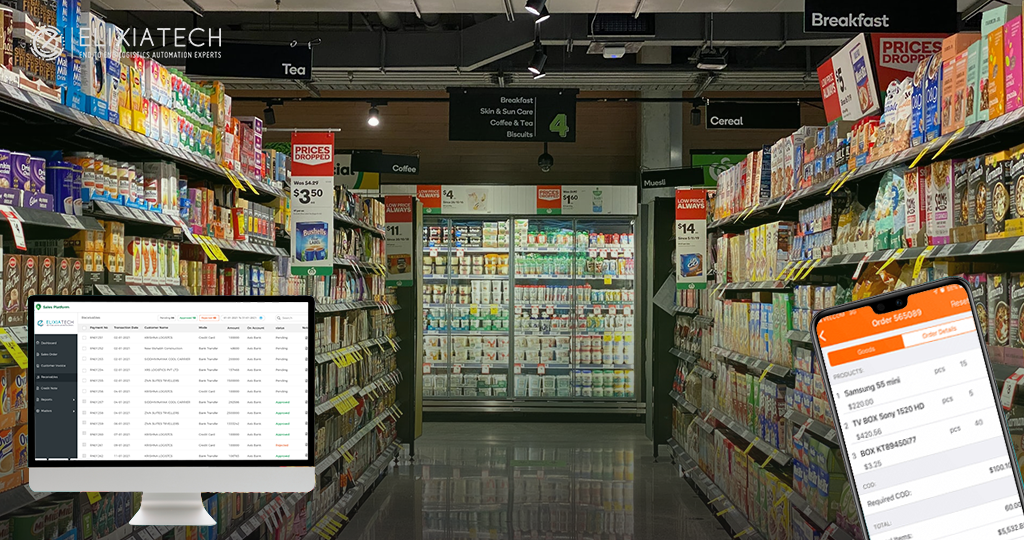
Want A Thriving Business? Focus On GREEN SUPPLY CHAIN MANAGEMENT!
Why is Green Supply Chain Management (GSCM) so vital? What is step one in growing a greater sustainable business strategy? Wondering wherein to begin? In our globalized world, sustainability issues are becoming abundant in several industries. Forward-thinking companies are rapidly implementing GSCM. It’s the new systematic environmental approach to stay competitive within the marketplace. To understand it better, let’s dive deep into how green supply chain management can benefit businesses and the environment.
What is Green Supply Chain Management?
A green supply chain management approach involves reducing a company’s activities’ impact on the environment. Green strategies include incorporating sustainability into business strategies.
Reducing carbon footprints and other environmental implications are the main objectives of green supply chain management. It can be achieved by deploying cutting-edge technology and renewable energy sources, eliminating waste, and reducing energy usage.
6 Digital Initiatives towards Green Supply Chain Management:
1. Optimization:
Optimizing transportation processes can decrease your mileage and enhance your vehicle capacity. This will lower your overheads and additionally boost your profit margin, in the long run.
- Load consolidation: Categorize your orders to decide the most convenient vehicle option. It is done on the basis of inputs like SKU grouping, isolation, perishable products, palletization, etc.
- Space utilization: Identifies the most optimal ways to stock up on SKUs in the vehicles. It can be done on the basis of inputs like packaging type and preferred placement of boxes like horizontal, vertical, or flat.
- Route optimization: Route optimization helps businesses and dispatchers identify optimal routes between delivery locations at the lowest possible cost of transportation. It also takes into account factors such as driver schedules, available hours, total stops, load consolidation, etc. This can be efficiently done with the help of a software tool like Elixia’s Planning platform.

2. Fuel mileage reports:
These reports help track, monitor, and manage fuel usage & its expenses. Such analysis can provide insights into daily & vehicle-wise fuel consumption, contribution to carbon emissions, and associated costs. With the help of a logistics optimization solution, green logistics initiatives can be implemented to control fuel expenses & carbon footprint.
3. Prioritization of Green Vehicles and Fleets:
Today’s intelligent logistics management systems(LMS) provide automated allocation for electric vehicles on a priority basis. The energy produced by traditional equipment come at the cost of releasing hazardous carbon emissions when they burn fuels. There are no emissions from completely electric vehicles. Driving an electric vehicle (with zero tailpipe emissions) helps in reducing your carbon footprint.
4. Document Digitization:
Document digitization is a great method to cut down on paper usage, save time, and improve productivity. Digitalizing traditional documents like Lorry Receipts(LRs), Consignment Notes, e-PoDs, etc. will help in improving process efficiency & reduce carbon footprint.
5. Product Wastage:
Many Warehouse management systems(WMS) assign inventories for dispatch, based on models like FIFO, FEFO, manual allocations, etc. This helps in dispatching products on time, avoiding product expiration and wastage. Cold chain monitoring systems provide temperature deviation reports along with door opening and closing alerts. This helps maintain optimum temperature levels and avoids product wastage.
6. De-routing & Ignition Alerts:
The Ignition being ON feature provides real-time alerts regarding the truck’s ignition status. This allows businesses and dispatchers to keep track of fuel wastage. Setting deviation/non-compliance alerts allows businesses to track parameters like route deviation, temperature variation, etc. Regular monitoring of these parameters helps in monitoring the company’s carbon footprint and taking corrective actions.
Benefits of Green Supply Chain Management:
1. Reduced Greenhouse Gas (GHG) Emissions:
GSCM helps in lowering GHG emissions by promoting the usage of green energy, green transportation, and energy-efficient industrial processes. By consistently utilizing GSCM methods, GHG emissions can be significantly reduced over time, benefiting the mitigation of climate change.
2. Brand Reputation:
Being green is no longer a choice in today’s world; it is a need and so is digitalization. A green supply chain helps the business gain a competitive advantage by improving its bottom line and expanding its clientele. Customer satisfaction and reputation boost when products and services are of higher quality. This in turn aids in attracting new clients.
3. Minimize waste and pollution:
Working with the right suppliers and manufacturers who offer eco-friendly products can help in minimizing the Company’s CO2 contribution.
4. Customer Loyalty:
Improved customer relationships are achieved by increasing transparency in manufacturing processes and products.
5. Reduced Energy Consumption:
Resource efficiency is a common goal of green supply chain strategies. Maximizing on asset utilization will help reduce logistics costs & will also optimize energy consumption.
Summary/Conclusion:
GSCM benefits both businesses as well as the environment. This results in a win-win situation with increased productivity and decreased CO2 emissions. These techniques give businesses profitability & a competitive edge to stay ahead of the competition.
Check out this case study to learn how Elixia’s solution helped their customer go green with increased process efficiency at reduced logistics costs!




